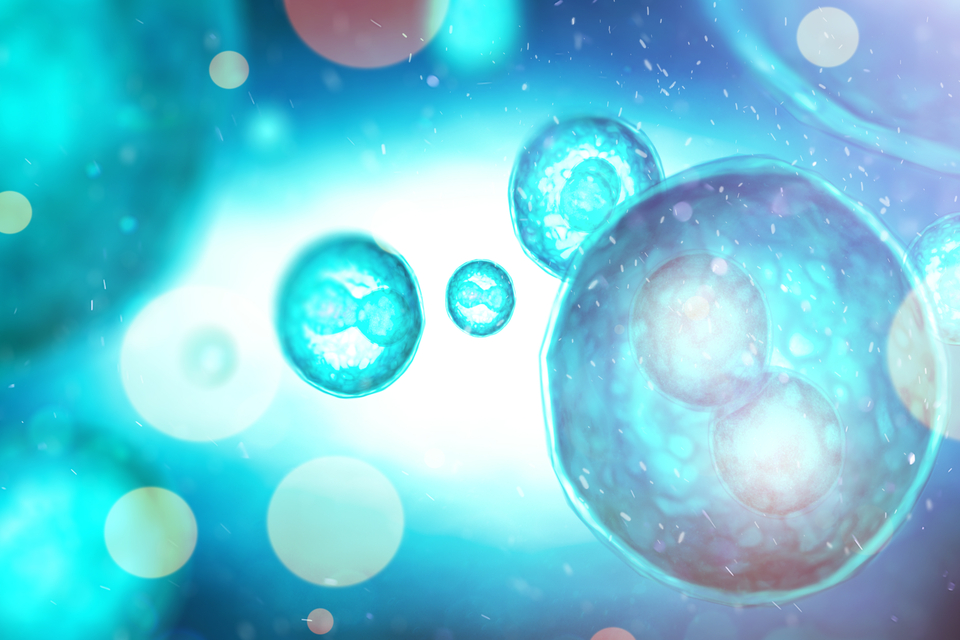Attempts at creating hybrid embryos between different animal species have been ongoing in recent years. Researchers, through animal chimerism, seek to grow in vitro organs for humans ultimately.
However, this field of organ generation, called xenogeneic organogenesis, is facing scientific and ethical challenges that hinder its development.
There’s still a long way to go for this controversial technology, as shown by the latest experiment from Chinese scientists.
Chimerism: Animal Chimeras as Organ Factories
Lab-grown organs would help meet the demand for transplantable organs both in terms of quantity and quality (less rejection potential). There are different technological approaches to achieving that, such as 3D bioprinting.
Another, more “natural,” way is to grow organs and tissues in the lab, albeit lab here technically means live animal hybrids.
Do you need a kidney? Inject an animal, like a pig, with specialized human pluripotent stem cells (PSCs). Then you only have to wait for the organ to grow organically to harvest it.
The technical side apart, this approach sparks a controversial debate about the ethicality of using animals and human cells. Scientists already used pig and sheep embryos in such experiments that were all deliberately ended.
In the case of the latest experiment from China, they engineered pigs with monkey cells animal chimera engineered died within days.
Chinese scientists at the State Key Laboratory of Stem Cell and Reproductive Biology, in Beijing, have announced the birth of the first pig-monkey chimeras.
“This is the first report of full-term pig-monkey chimeras,” says lead researcher Tang Hai.
In genetics, a chimera is an organism whose cells contain the DNA of two or more distinct species.
The researchers modified monkey cells, so they produced a fluorescent protein that allows them to track the cells and their descendants.
Then, after deriving embryonic stem cells (ESCs) from the genetically modified cells, they injected them into pig embryos five days after fertilization.
From over four thousands of embryos implanted, ten piglets were born, among which two were chimeras.
The two chimeras are in (tiny) part monkeys. Their heart, liver, spleen, lung, and skin contained one in 1000 and one in 10,000 of monkey cells.
The pig-monkey chimeras died within a week. The non-chimeric babies died too.
This leads the team to think something is wrong with the IVF (in vitro fertilization) rather than the chimerism process.
Ethical issues arise with experiments on human chimeras in a late embryonic stage of development. Because of that, the team used primate embryonic stem cells with pluripotency similar to human cells.
The authors of the paper published in Protein & Cell said:
“Blastocyst complementation by pluripotent stem cell (PSC), injection is believed to be the most promising method to generate xenogeneic organs.”
Now, the team plans to develop healthy animals and increase the ratio of monkey cells. Then, the next step would be trying to engineer pig chimeras in which one organ is almost entirely made of monkey cells.



















Comments (0)
Most Recent